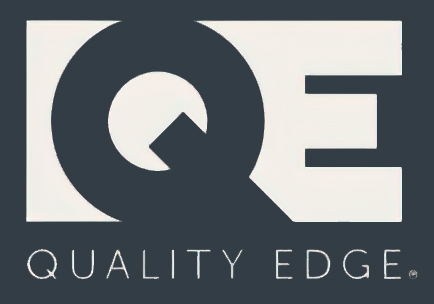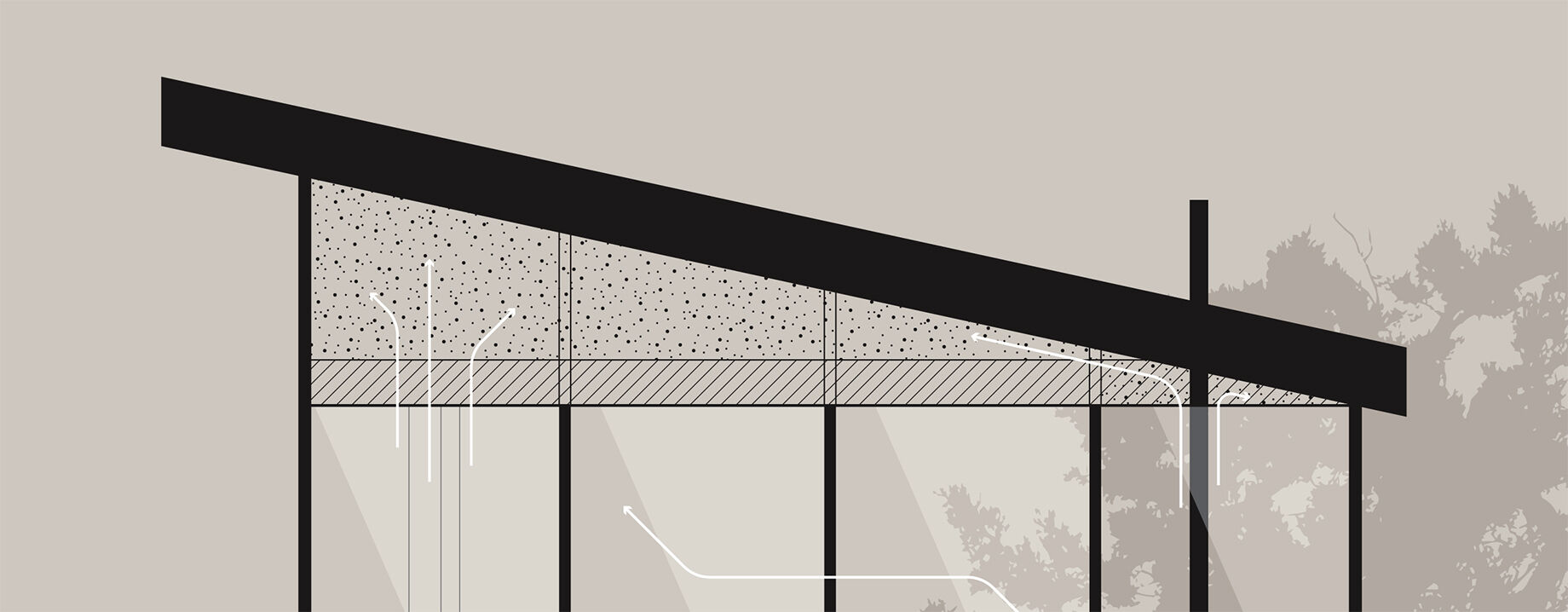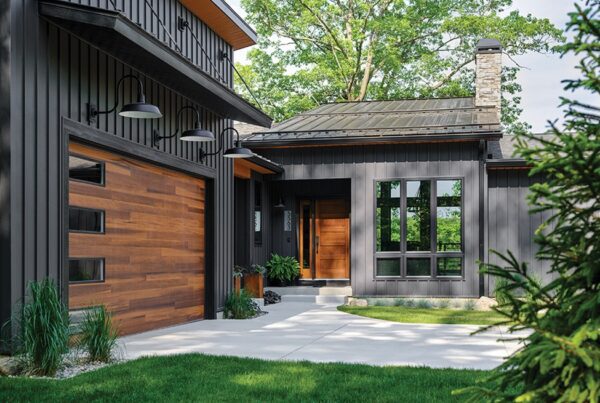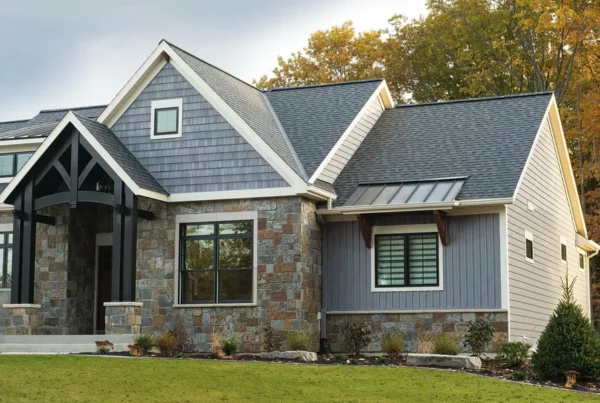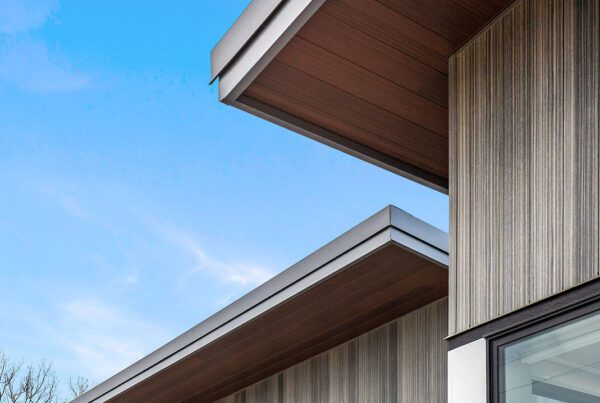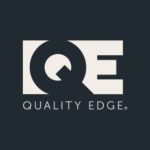The importance of proper ventilation in homes cannot be overstated. However, recent research has revealed a shocking truth: a significant majority of homes do not meet basic ventilation requirements and may be in violation of residential building codes. This deficiency in ventilation has far-reaching consequences, as poor indoor air quality can lead to a host of health issues and even compromise the structural integrity of a property. In this blog post, we will explore the alarming statistics surrounding inadequate home ventilation and the risks associated with it.
The Disturbing Statistics: Studies have shown that approximately 70% of homes fail to meet basic ventilation requirements, while nearly half of all U.S. homes show evidence of improper ventilation. These statistics, based on extensive research and analysis, highlight a widespread problem that puts the health and well-being of homeowners at risk.
The Environmental Protection Agency (EPA) estimates that individuals spend about 90% of their time indoors, emphasizing the critical role of indoor air quality. Unfortunately, indoor pollutants can be up to five times more concentrated than outdoor pollutants. Prolonged exposure to such contaminants can lead to various health issues, including irritation, headaches, dizziness, fatigue, respiratory diseases, and even certain forms of cancer.
In a comprehensive analysis of nearly 50,000 indoor air quality tests conducted across North America, Air Advice discovered that over 91% of homes tested showed elevated levels of particle allergens. This staggering statistic highlights the prevalence of unhealthy indoor air and the urgent need for improved ventilation systems.

The Risks of Improper Ventilation
Inadequate ventilation has been identified as a leading cause of moisture buildup, mold, mildew, and rot in attics. Lawrence Berkeley Laboratory has reported a link between poorly ventilated homes and the rise of illnesses such as asthma, allergies, and other respiratory issues. The presence of excessive moisture not only compromises the structural integrity of a home but also creates an environment conducive to the growth of harmful mold and mildew, further exacerbating health risks for occupants.
Taking Action for Proper Ventilation
Considering the substantial impact of poor ventilation on both health and the structural integrity of homes, it becomes imperative for homeowners to take proactive measures to address this issue. Recognizing the signs of inadequate ventilation, such as excessive condensation, musty odors, or visible mold growth, is the first step towards rectification.
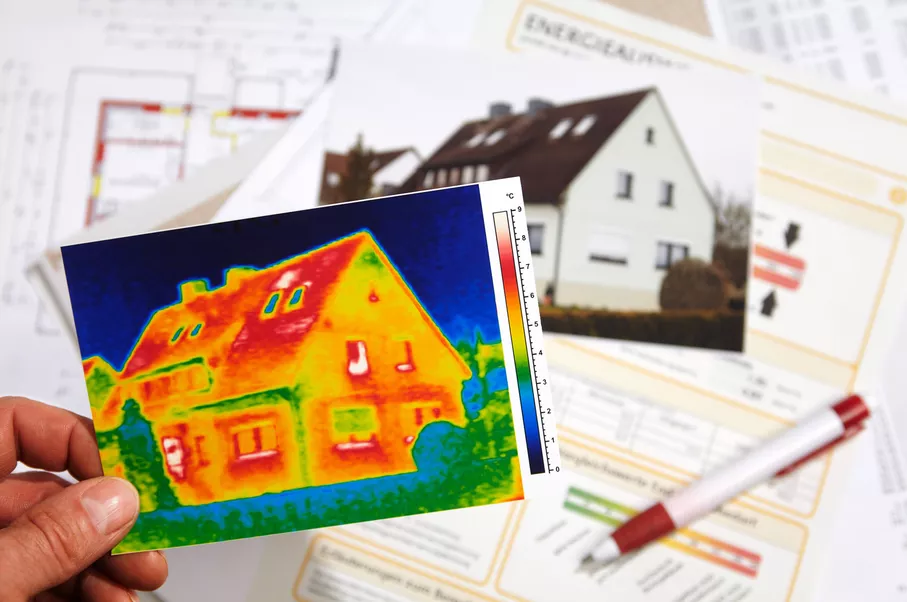
TruVent Hidden Vent Soffit
One effective solution to enhance home ventilation is the implementation of the Quality Edge TruVent Hidden Vent Soffit. This innovative product optimizes airflow, manages moisture effectively, and offers a visually appealing design. By incorporating such solutions, homeowners can significantly improve ventilation and reduce the risks associated with poor indoor air quality.
The prevalence of inadequate ventilation in homes is a matter of great concern. The research clearly highlights the urgent need to address this issue to safeguard the health and well-being of homeowners. By taking steps to improve ventilation, such as installing products like the Quality Edge TruVent Hidden Vent Soffit, homeowners can create a healthier living environment while mitigating the risks of moisture-related issues and respiratory illnesses. It is crucial to prioritize proper ventilation in our homes to ensure a safe, comfortable, and healthy living space for ourselves and our loved ones.
